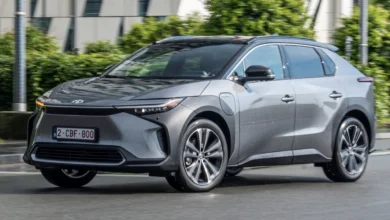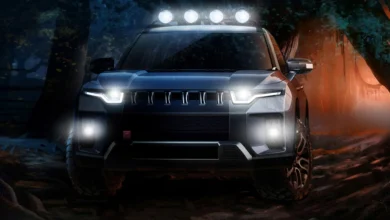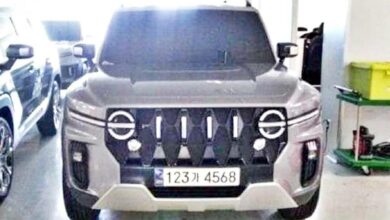
During 2020 SsangYong held several sales records, month by month, in what seemed like its best moment, but the reality was very different. The manufacturer was being drowned in debt with the South Korean Development Bank (KDB), Bank of America, JPMorgan Chase & Co., BNP Paribas … It had the shield and protection of Mahindra & Mahindra Ltd until the Indians stopped injecting money.
Being surrounded by so many fronts, SsangYong applied to a South Korean court in December for judicial administration as a preliminary step to declaring itself insolvent, which was granted in April this year. Mahindra saved SsangYong 10 years ago, when it was drowned by another crisis, and since then Indian capital has ended up being 75% of SsangYong Motor. Now an electric vehicle maker, Edison Motors, leads a consortium as the best possible buyer.
This manufacturer, which is dedicated to heavy vehicles – trucks and buses – says it has a plan to re-float SsangYong in a period of three to five years, accelerating its expansion plans for electric versions, and turning the brand into one it has abandoned. internal combustion engines. That’s what SsangYong was going to end up doing anyway, like the overwhelming majority of manufacturers.
According to Kang Young-Kwon, director of Edison Motors, SsangYong will be able to produce up to 300,000 units per year on the three production lines of the Pyeongtaek factory. That volume is more than double that produced by SsangYong in fiscal 2019. Mahindra wants to get rid of its part – it has its problems – and the consortium led by Edison Motors the operation will cost about 1 billion won, about 729 million euros. The details of the acquisition are pending being formalized.

In the Spanish market, one of the most important in the world for SsangYong, we await its first electric model. This is the Korando e-Motion, which is nothing more than a version of the current Korando adapted to run on electricity, so it is not optimized at the engineering level.
However, it will have a power of 190 hp, quite decent, and a battery capacity of 61.5 kWh from LG Chem, so that 200 to 300 km are very feasible. Its production began in mid-June. The J100 model is also announced, of which we do not have too many details yet. These models weren’t going to save SsangYong, anyway.
During 2019, its last “normal” year, SsangYong sold 135,235 units worldwide, of which 107,789 found owners in South Korea and 27,446 were exported to countries like ours. As for 2020, the downturn was significant: 107,416 units in total, 87,888 in South Korea, and 19,528 for export. One of the things that the new owners would have to solve is their excessive dependence on the domestic market, and make their models more attractive to European consumers.



